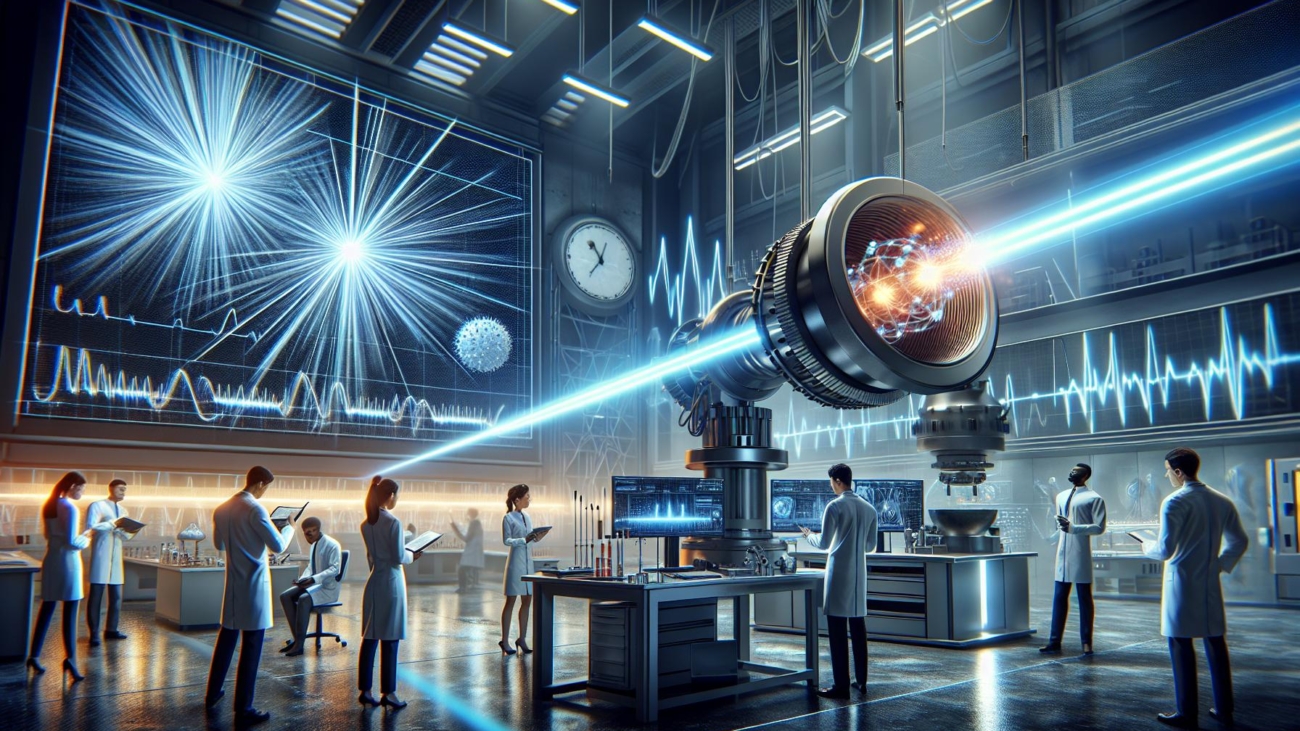In an innovative study recently published in the scientific journal, Nature Photonics, a research team has successfully conducted a process known as nonlinear Compton scattering using a high-powered laser. Their experiment was carried out at the Center for Relativistic Laser Science, an institution within the Gwangju Institute of Science and Technology in Korea.
The researchers’ ground-breaking approach involved the use of a laser to create and observe collisions between electrons and photons. This marks a significant leap in the field of quantum electrodynamics and opens up new possibilities for exploring high-energy electron-photon interactions without requiring a traditional, extensive particle accelerator.
Nonlinear Compton scattering happens when an electron absorbs multiple laser photons and emits a single high-energy gamma-ray photon. The scientists attempted to observe this phenomenon by approaching the theoretical “Schwinger limit”, a point at which laser intensity is so high it can effectively “boil” the vacuum of space-time and generate matter-antimatter pairs.
The team conducted a series of experiments using a high-powered laser. The laser beam was divided into two smaller beams that each played a specific role. One laser beam was used to accelerate electrons, while the other was used to collide with these high-speed electrons.
The collision process required incredible precision, but when successfully achieved, it caused the laser pulse to “shake” the electrons. These electrons then absorbed up to 400 laser photons and emitted the energy as a high-energy gamma-ray photon.
The team carefully measured the energy of these gamma rays, using simulations to ensure that other radiation did not interfere with their results. The experimental data was then compared to theoretical predictions and computer simulations. The match between the experiment and the simulation confirmed the occurrence of nonlinear Compton scattering, and the researchers could deduce the intensity of the colliding laser from the gamma-ray signals.
The resulting gamma-ray beam from these experiments was a thousand times brighter than any previously achieved in a laboratory at this energy level. This breakthrough could potentially be applied to studying nuclear processes and understanding antimatter production.
The research featured in Nature Photonics is part of a broader effort to examine quantum electrodynamics in strong background fields. These studies can help us understand phenomena typically seen in astrophysical objects like supernovae and black holes. Similar experiments are planned at other research facilities around the world.
